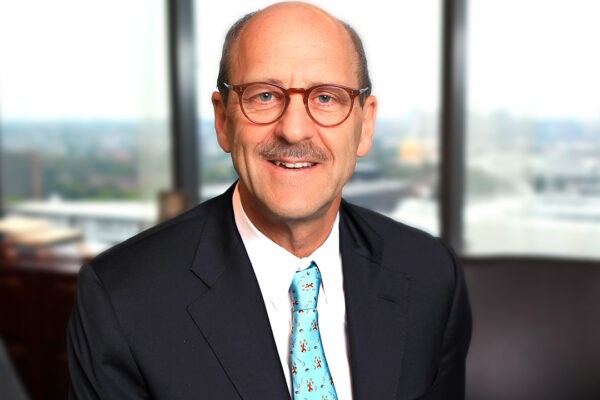Every university in the country is grappling with the issue of mental health. As we emerge from over two years of the COVID-19 pandemic, we continue to experience the aftereffects of isolation, physical distancing and being remote, which limited us from day-to-day in-person interactions. To address these challenges, WashU’s Division of Student Affairs engaged in a thorough strategic planning process. One of the five anchors that emerged from our planning is Healthy Excellence.
As a division, we are working with our community to embrace the concept that students will gain skills that form the foundation of a healthy life. Our aspirational statement is that success at WashU will not come at a cost to the student’s well-being and they will leave WashU as healthier individuals. How can we achieve this bold idea? Below are several ways that show our added investments thus far to ensure the well-being of our students.
Build a robust Health Promotion and Wellness Office.
Having a designated office that provides interaction and educational tools for students to visualize what being healthy means for them and to help students understand the interconnections of the various dimensions of well-being is vital for the WashU community. We are fortunate to ramp up this office under the leadership of Arie Baker, who currently serves as the director of Health Promotion and Wellness. Health Promotion will implement proactive measures so that at the very beginning of their time as members of the WashU community, students will understand and be encouraged to practice healthy habits. When engaged in these areas proactively, students will develop skills for enriched lives for their time at WashU and beyond.
Invest in a variety of well-being platforms.
During the 2021–22 academic year, WashU invested in Timely Care. Timely Care is a 24/7 virtual telehealth platform where students can speak to and receive support from well-being professionals. Today, students can continue to have access to Timely Care as well as use our on-campus and in-person professionals. This both/and approach rather than either/or allows students to have agency in the type of care they are most comfortable receiving and where and what time they feel most comfortable using these offerings. One of the things we learned during the height of the pandemic is that many individuals were forced to see their health providers through virtual appointments. In some cases, this virtual accessibility is the new preferred platform.
Invest in educational platforms for faculty, staff and students.
This academic year (2022–23), thanks to the generosity of John and Carol Hamilton, we are providing two virtual and in-person trainings on the topic of mental health. These trainings are available to all members of the WashU community. Question Persuade Refer, or QPR, focuses on how one can learn more about suicide prevention. Kognito is our other new tool that takes learners through simulations in order to build capacity to engage and help within their own comfort and knowledge level. The Hamiltons have also made it possible for Student Affairs to have a new mental health specialist who will provide outreach and educational sessions related to these platforms and topics for our community.
Come together as a community.
It is important for us to understand and invest in the various areas that fall within what I am calling the 10 dimensions of well-being. The Ohio State University originated the concept, which has been adopted by various institutions. The dimensions — physical, emotional, financial, social, spiritual, career, creative, intellectual, environmental and digital — are critical components of a student’s life. Helping WashU students learn how to achieve success and happiness, as well as how to deal with challenging situations in each of these dimensions, will enable them to lead healthier lives. I invite our schools and departments to partner with one another and with Student Affairs to support our students’ developmental growth and appreciation of these dimensions as it relates to their unique situations.
So what would Healthy Excellence ultimately look like? My two favorite times of the year are move-in and graduation. I love seeing the hopefulness and joy on the faces and in the expressions of our students and families as young people enter two important phases of their adult lives. My hope in the years to come is that every single student who arrived with the outlook of having the best years of their lives at WashU, will also say upon graduation that they are healthier and ready to lead lives of impact.


